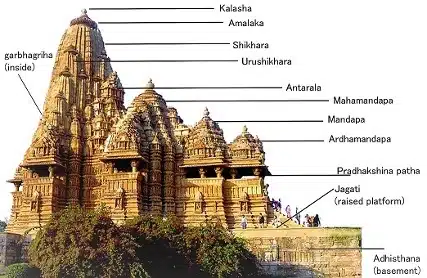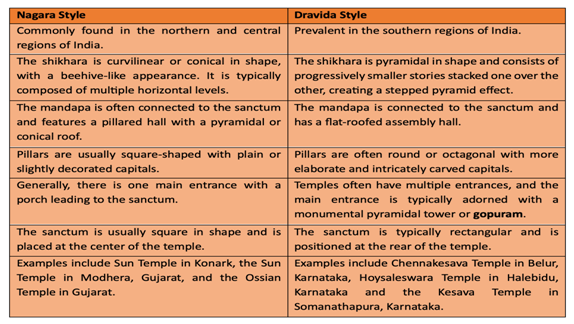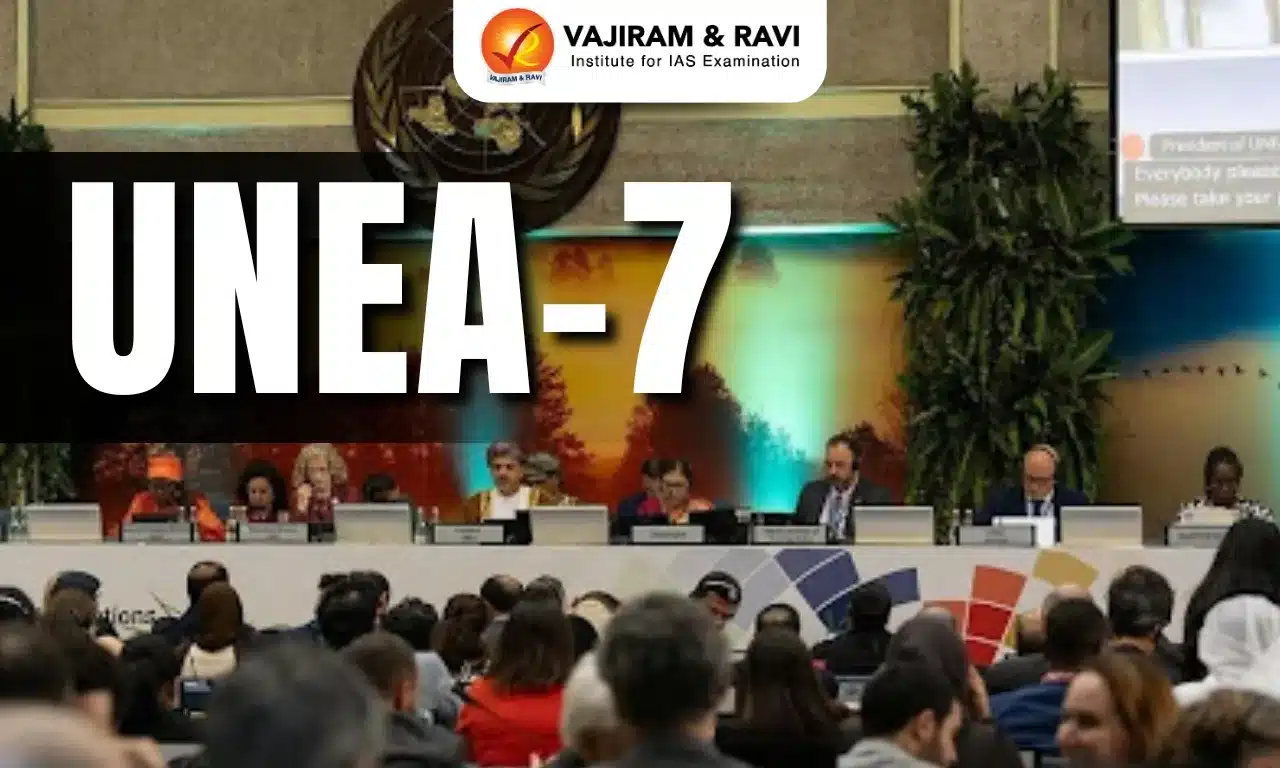What’s in Today’s Article?
- Why in the News?
- About Nagara Style of Temple Architecture
- Features of Nagara Style of Temple Architecture
- Key Differences between Nagara Style & Dravida Style of Temple Architectures
Why in the News?
- The Ram temple in Ayodhya, Uttar Pradesh will be inaugurated on January 22.
- Chandrakant Sompura, 81, and his son Ashish, 51, have designed the complex in the Nagara style of temple architecture.
About Nagara Style of Temple Architecture
- The Nagara Style of temple architecture emerged sometime in the 5th century AD, during the late Gupta period, in northern India.
- It is seen as a contemporary to the Dravida Style of architecture in southern India which too emerged in the same period.
- Temples classified as Nagara Style are found in Madhya Pradesh, Uttar Pradesh, Rajasthan, Gujarat, Odisha, Jharkhand, Bihar, Maharashtra, Andhra Pradesh (areas bordering Odisha) and West Bengal (southwest and Sundarbans areas).
- The sub-styles or schools are Orissa school, Chandel school and Solanki school.
Features of Nagara Style of Temple Architecture
- The plan of a Nagara style of temple is four-sided.
- The garbhagriha is a perfect square whereas the whole temple plan could be oblong.
- The garbhagriha or sanctum sanctorum houses the image or idol of the main deity.
- The pathway leading to the garbhagriha is the mandapa where the worshipers accumulate to have darsana.
- In the early stage of temple construction, the roofs were flat.In the next stage of temple construction, the roof became pyramidal.
- This was the shikhara, a tall spire that tapered at the top.
- In the later stages, more additions were made to the temple complex.
- More mandapas were added and the garbhagriha was surrounded by a pradakshinapatha or a circumambulatory path.
- In some cases, gavaksa (windows) were added to allow cross ventilation for air and light.
- A Nāgara temple generally rests on a high platform- jagati over which is constructed a small platform called pitha.
- Rising above this is a smaller platform- adhisthana, which forms the base for the construction of superstructure of the temple.
- Among the other components of a Nagara temple are: bhadra, sirsa, amalaka, bijapuraka, rathika.
- When it comes to decorating the temples, the Nagara temples are intricately ornamented by carvings and sculptures.
- The entrance to the temple is highly decorated with images of gods and goddesses, floral and geometric designs.
- The bottom of the door frame depicts either dvarapalas or Ganga and Yamuna.
- On the walls and pillars of the temple, the sculptures and carvings depict devakanyas, apsaras, yaksas, yaksis, amalakas and floral garlands.
Key Differences between Nagara Style & Dravida Style of Temple Architectures
Q1) What is Vesara Style of Temple Architecture?
It is a hybrid form of temple architecture formed by an amalgamation of the northern Nagara style and the southern Dravida style of temple architecture.
Q2) Who built the Sun Temple of Modhera?
Modhera Sun temple is located at Modhera village of Mehsana district, Gujarat on the bank of river Pushpavati. It is a Hindu temple built by Bhimdev I of the Solanki dynasty in 1026 AD and dedicated to the Sun.
Source: What is the Nagara style, in which Ayodhya’s Ram temple is being built | Official Source
Last updated on December, 2025
→ Check out the latest UPSC Syllabus 2026 here.
→ Join Vajiram & Ravi’s Interview Guidance Programme for expert help to crack your final UPSC stage.
→ UPSC Mains Result 2025 is now out.
→ UPSC Notification 2026 is scheduled to be released on January 14, 2026.
→ UPSC Calendar 2026 is released on 15th May, 2025.
→ The UPSC Vacancy 2025 were released 1129, out of which 979 were for UPSC CSE and remaining 150 are for UPSC IFoS.
→ UPSC Prelims 2026 will be conducted on 24th May, 2026 & UPSC Mains 2026 will be conducted on 21st August 2026.
→ The UPSC Selection Process is of 3 stages-Prelims, Mains and Interview.
→ UPSC Result 2024 is released with latest UPSC Marksheet 2024. Check Now!
→ UPSC Prelims Result 2025 is out now for the CSE held on 25 May 2025.
→ UPSC Toppers List 2024 is released now. Shakti Dubey is UPSC AIR 1 2024 Topper.
→ UPSC Prelims Question Paper 2025 and Unofficial Prelims Answer Key 2025 are available now.
→ UPSC Mains Question Paper 2025 is out for Essay, GS 1, 2, 3 & GS 4.
→ UPSC Mains Indian Language Question Paper 2025 is now out.
→ UPSC Mains Optional Question Paper 2025 is now out.
→ Also check Best IAS Coaching in Delhi



















